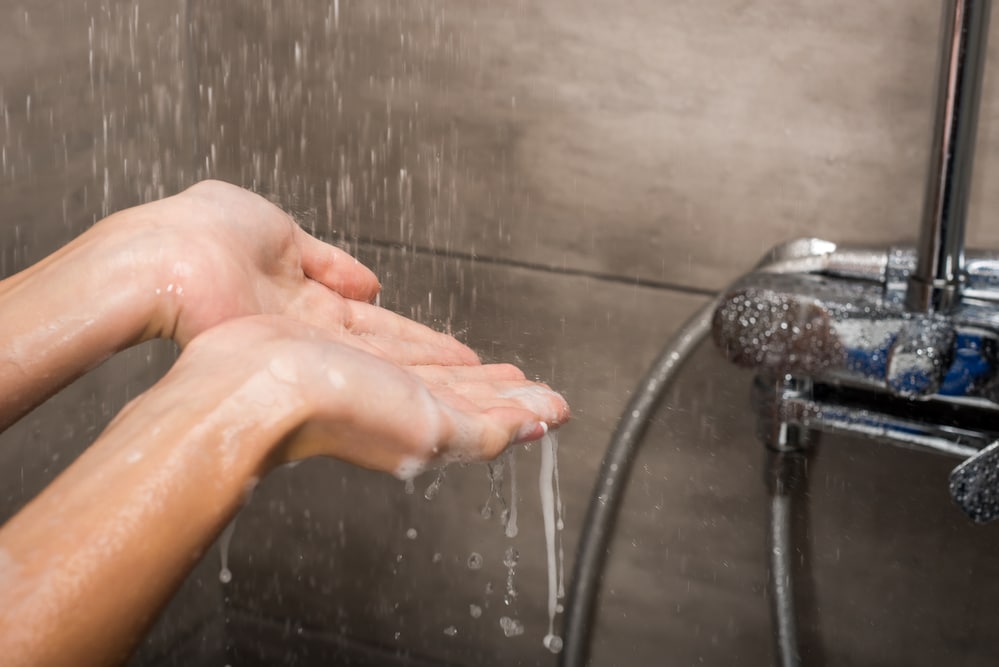Experiencing low water pressure in your home can be incredibly frustrating, especially when it disrupts your daily routines like taking a shower or washing dishes. Understanding the common causes of low water pressure and knowing how to address them can save you time, money, and hassle. Whether you’re a homeowner looking to troubleshoot on your own or a plumbing professional seeking comprehensive solutions, this guide aims to provide valuable insights and practical advice.
Understanding Low Water Pressure
Low water pressure occurs when water flow from your faucets and showerheads is weaker than usual. This can happen for various reasons, and identifying the root cause is essential for effective resolution. The following sections will delve into the most common causes and offer actionable solutions to restore optimal water pressure in your home.
Common Causes of Low Water Pressure
1. Clogged Pipes
One of the most frequent culprits of low water pressure is clogged pipes. Over time, mineral deposits, dirt, and debris can build up inside your plumbing system, restricting water flow.
Solution:
- DIY Approach: For minor clogs, you can try using a pipe cleaner or snake to remove the blockage.
- Professional Help: In severe cases, it’s best to call a plumbing professional who can perform a thorough cleaning using specialized equipment
- Faulty Pressure Regulator
2. Faulty Pressure Regulator: A pressure regulator is a device that ensures water pressure remains at a safe level. If it’s faulty, you may experience inconsistent water pressure throughout your home.
Solution:
- Testing: You can test the pressure regulator using a water pressure gauge. Attach it to an outdoor faucet and compare the reading to the recommended pressure levels (usually between 40-60 psi).
- Replacement: If the regulator is faulty, replacing it is usually the best option. This task may require professional assistance to ensure proper installation.
- Leaking Pipes
3. Leaks in your plumbing system: Even small leaks can have a noticeable impact on your water pressure if left unaddressed.
Solution:
- Detection: Check for visible signs of leaks, such as damp spots on walls, ceilings, or floors. You can also monitor your water meter; if it continues to run when no water is being used, you likely have a leak.
- Repair: Depending on the severity, you can either use a pipe repair kit for temporary fixes or call a plumber for more extensive repairs.
- Corroded Plumbing
4. Older homes with galvanized steel or iron pipes: These pipes are prone to corrosion, which can cause restricted water flow and decreased pressure.
Solution:
- Inspection: Inspect your pipes for signs of rust or corrosion.
- Replacement: If corrosion is extensive, you may need to replace the affected pipes with newer materials like copper or PEX.
- Shared Pipelines
5. Shared Water Lines: If your home shares its water supply line with other homes, you may experience low water pressure, especially during peak usage times.
Solution:
- Peak Time Avoidance: Try to use water during off-peak hours.
- Separate Line Installation: Consider consulting with a plumber about installing a separate water supply line to ensure consistent pressure.
- Municipal Water Supply Issues
6. Water Supply: Sometimes, the problem isn’t within your home but with the municipal water supply. Maintenance work, main breaks, or high demand can temporarily reduce water pressure.
Solution:
- Inquiry: Contact your local water utility to determine if there are any ongoing issues affecting your water pressure.
- Temporary Measures: While waiting for the problem to be resolved, use water-efficient fixtures and appliances to mitigate the impact.
- Malfunctioning Fixtures
7. Problems with Fixtures: Sometimes, the issue lies with the fixtures themselves. Aerators and showerheads can become clogged with mineral deposits, reducing water flow.
Solution:
- Cleaning: Remove and clean the aerators and showerheads. Soaking them in vinegar can help dissolve mineral buildup.
- Replacement: If cleaning doesn’t resolve the issue, consider replacing the fixtures with new, water-efficient models.
Preventative Measures
Preventing low water pressure involves regular maintenance and timely intervention. Here are some preventative steps to keep your plumbing system in top shape:
- Regular Inspections: Schedule annual plumbing inspections to identify and address potential issues early.
- Water Softener Installation: If you have hard water, consider installing a water softener to reduce mineral buildup in your pipes.
- Pressure Regulator Maintenance: Regularly check and maintain your pressure regulator to ensure it functions correctly.
- Leak Detection Systems: Invest in leak detection systems that alert you to potential leaks before they become major problems.
Low Water Pressure Can Indicate Underlying Issues Within Your Plumbing System
Low water pressure can be more than just a minor inconvenience; it can indicate underlying issues within your plumbing system. By understanding the common causes and implementing the suggested solutions, you can restore optimal water pressure in your home and prevent future problems. Whether you’re tackling these issues as a homeowner or guiding clients as a plumbing professional, this comprehensive guide aims to equip you with the knowledge and tools needed for effective resolution.
If you’re experiencing persistent low water pressure and need expert assistance, don’t hesitate to reach out to a licensed plumbing professional. Their expertise can help diagnose and resolve even the most complex plumbing issues, ensuring your home remains a haven of comfort and efficiency.
Remember, proactive maintenance and timely interventions are key to maintaining a healthy plumbing system and ensuring consistent water pressure. Implement these practices, and enjoy the benefits of a well-functioning home plumbing system.
Low Water Pressure? Rely on The Plumbing Pros For Help!
By addressing the common causes of low water pressure and providing practical solutions, you’ll not only enhance the comfort of your living space but also add value to your home. Share this guide with friends, family, and clients to spread awareness and encourage proactive maintenance within your community. Together, we can ensure that every home enjoys the benefits of optimal water pressure and efficient plumbing systems. If you feel like you need professional help for your low water pressure, contact the plumbing pros at Frontier Plumbing & Heating today at (801) 806-0033.

